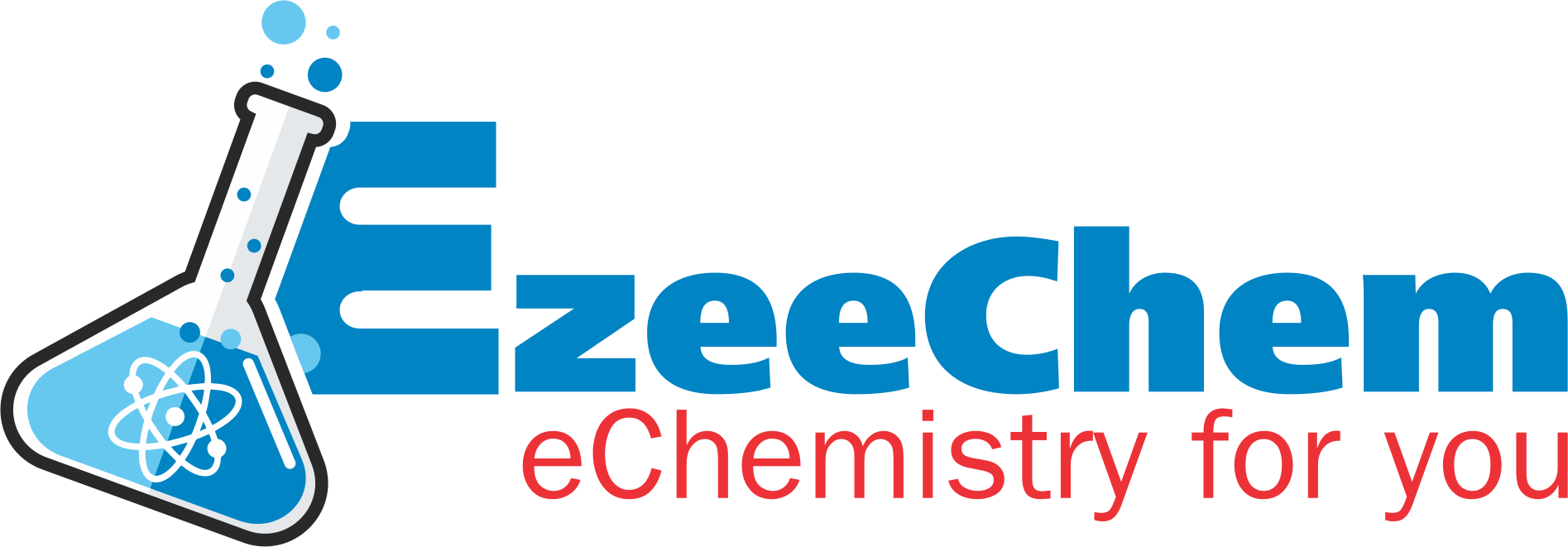- It is important to understand that there is a difference between revenue and profitability. Many businesses do not succeed because people do not understand the terms revenue you and profitability.
- Costing equals the price you are paying for a product or service. For example, if you buy dishwashing liquid for R150 per 25 liters you would need to sell this for more than R150 to make a profit.
- Typically, there are cost factors that may be added to this. However, since this is a very straightforward business these other costs are relatively small compared to the product cost. As a rule of thumb, we would add 15% to the cost (labor, electricity, rental) of the product to get the real cost of business – this may vary, and you need to decide what other costs would be included. So, this product would cost you R165 in total and you would need to make sure that you are selling this product for more than R165 to make a profit.
- Being volumes driven, the more product you sell the more revenue you will generate and the greater your profitability will be. We will not go into much detail on costing – just to remind you that you need to ensure that your selling price is always higher than your cost price. In determining prices that you would need to sell, understand what your competitors are selling for in the same market – this is a good reference point to understand if you will indeed be competitive.
- Typically, a markup of around 50% is not uncommon in the detergent resellers space. So, it all depends on market factors, your cost of doing business as well as your ability to turn over volumes.
As an example, the following costing model may be applied to make 5L:
Please note this is just an illustrative example to assist you in working out costs and you must use the current prices to get to an accurate costing value
NOTE Overheads = Labour, Energy, Rent, Transportation, Marketing (but excludes Packaging) – it is an estimate and must best be reviewed by the producer



